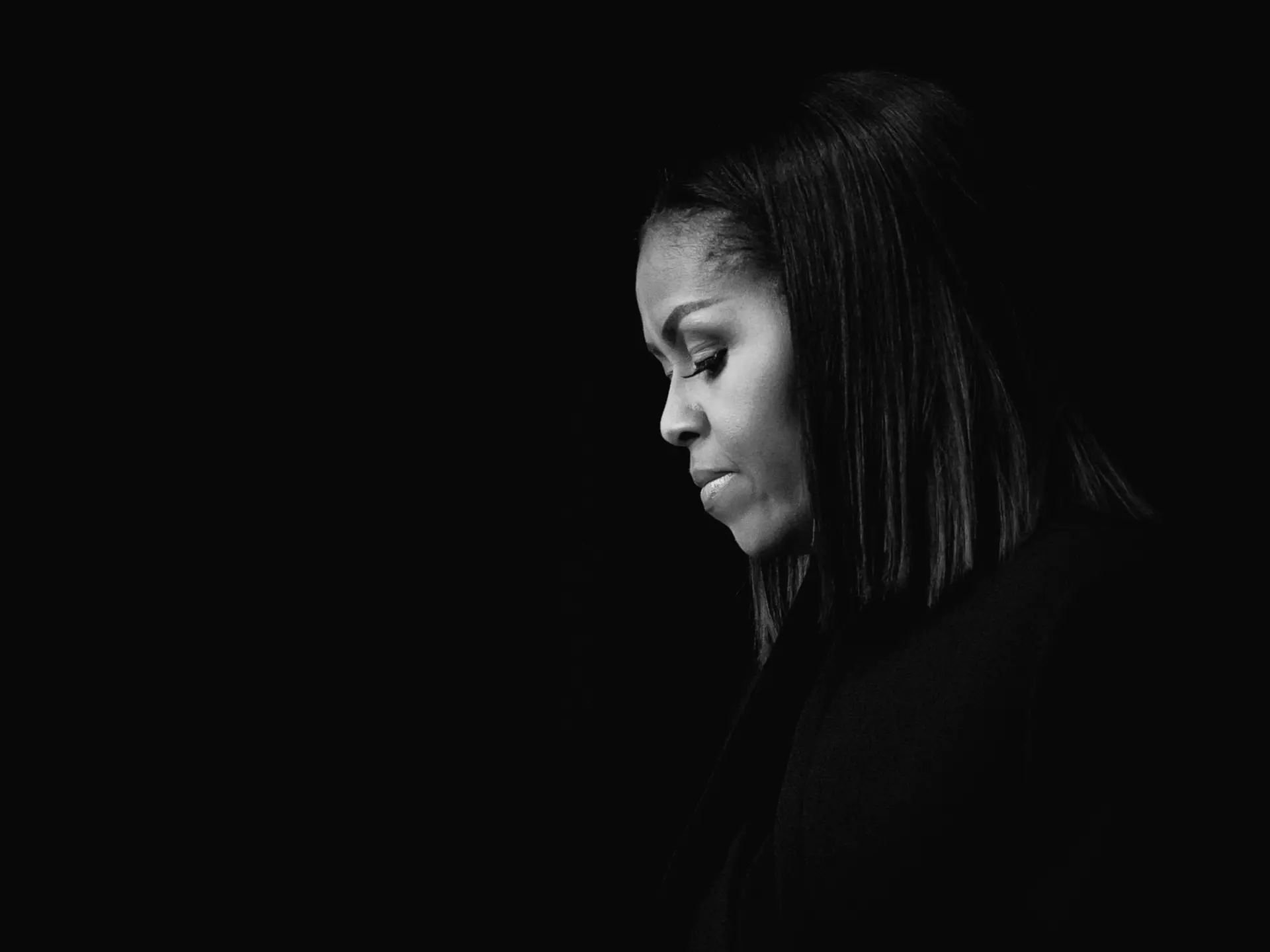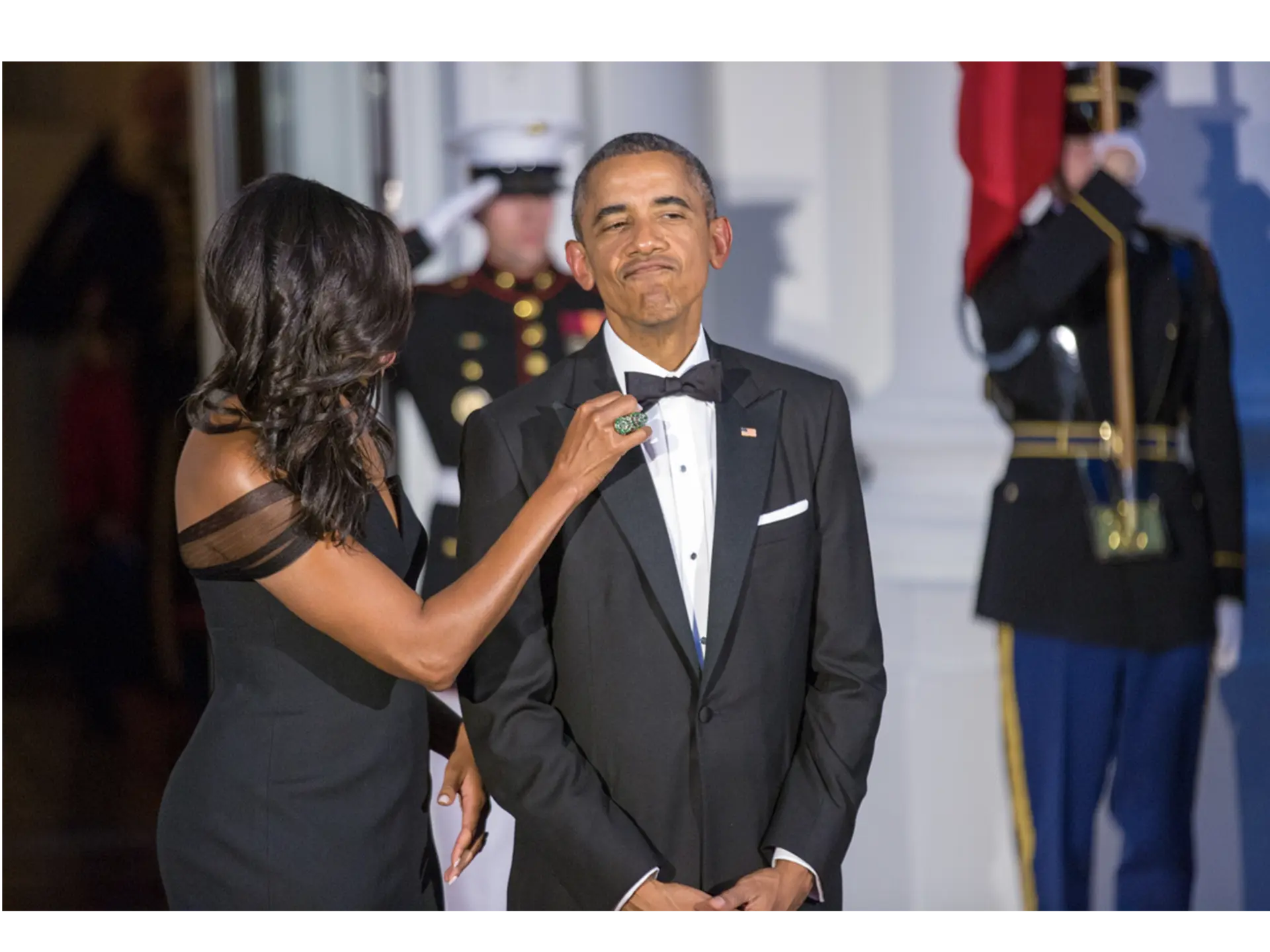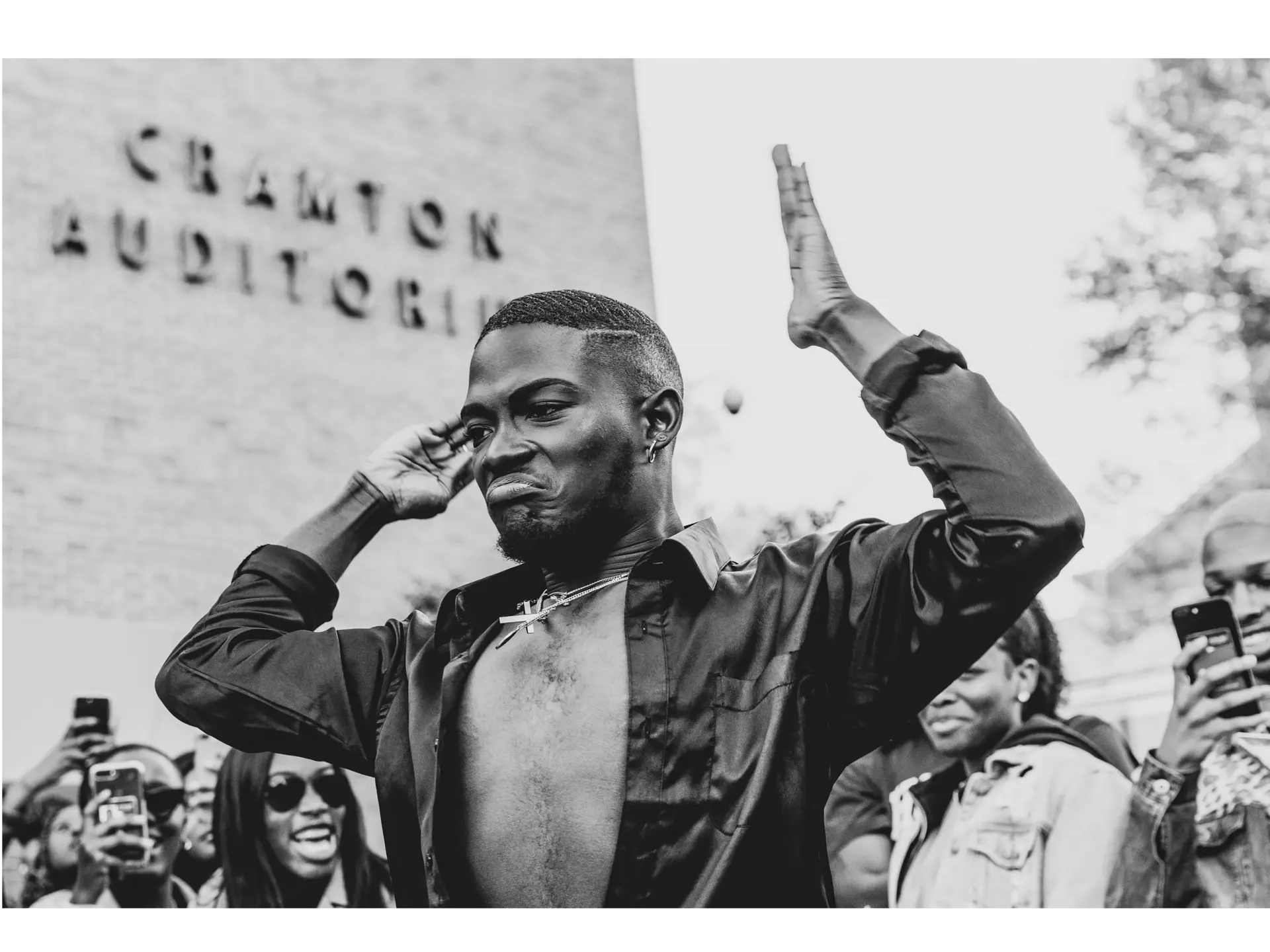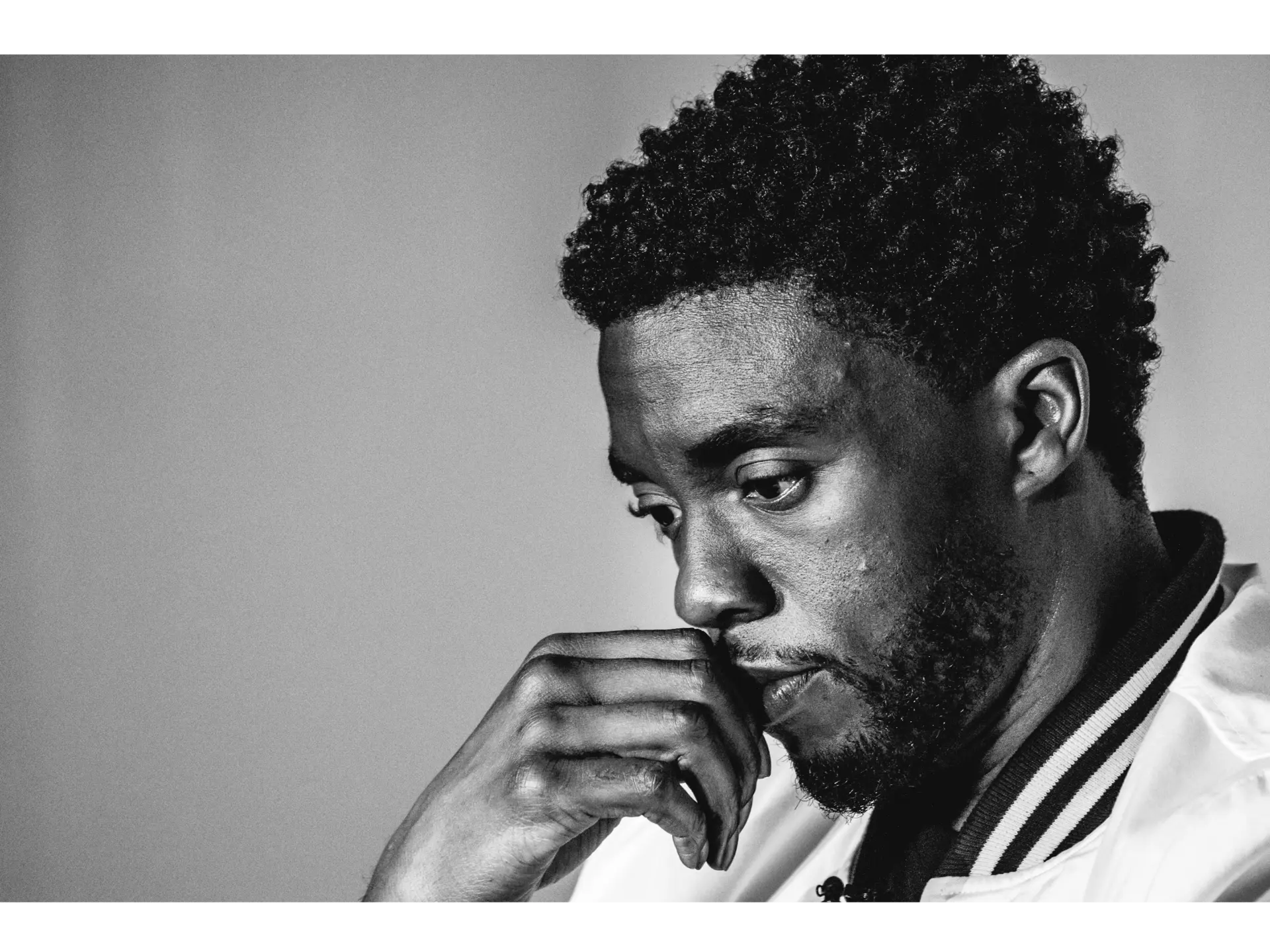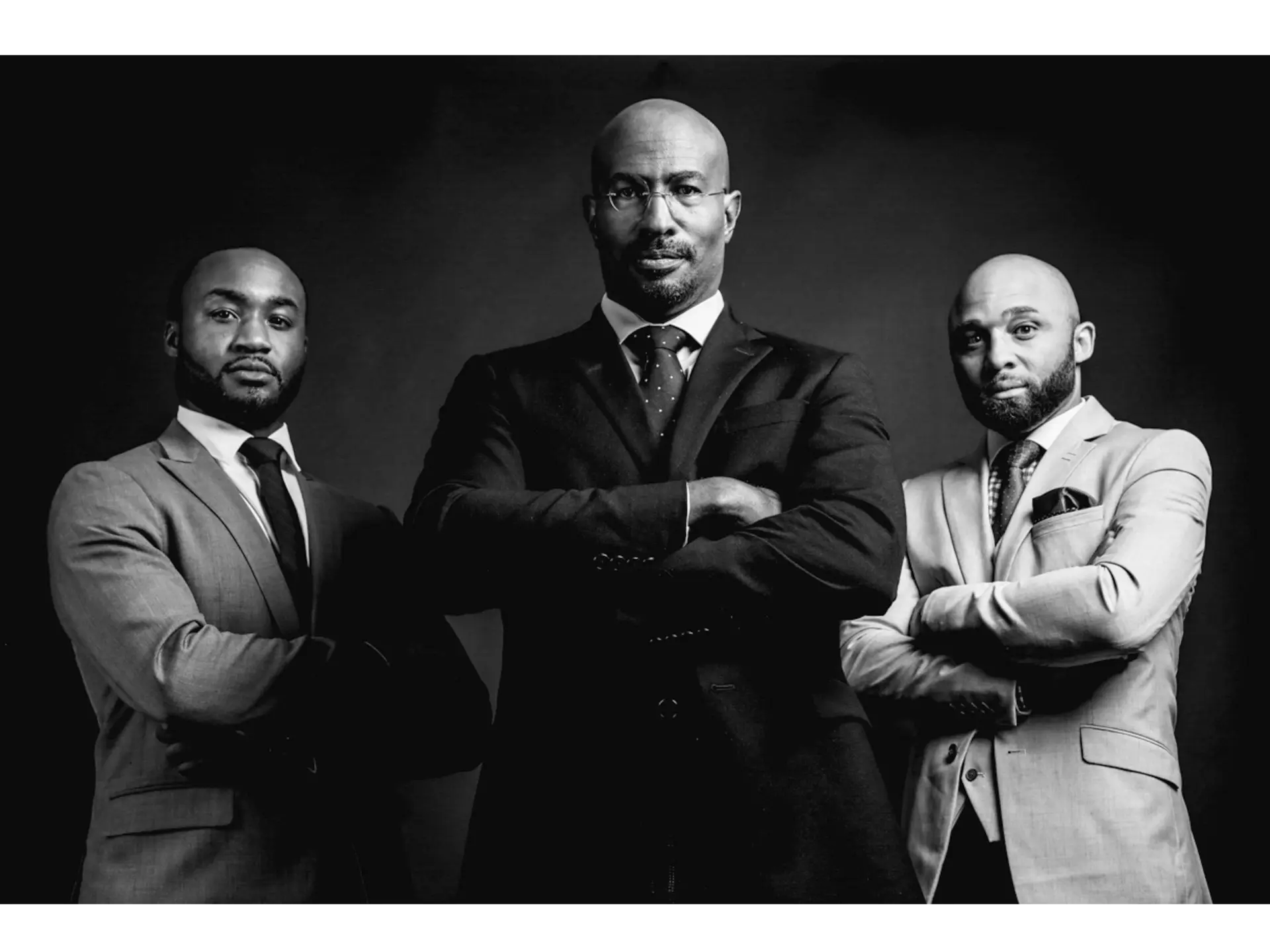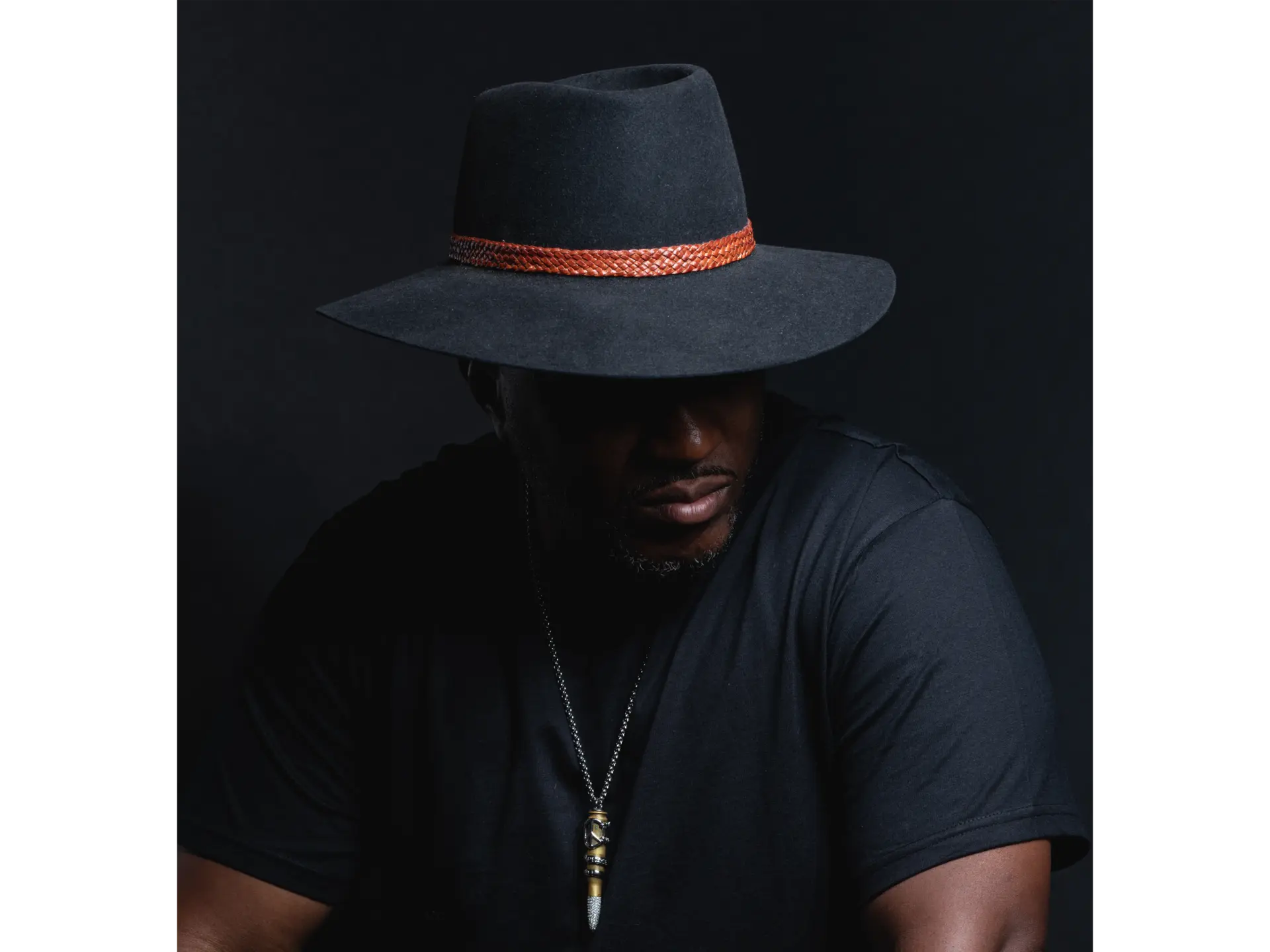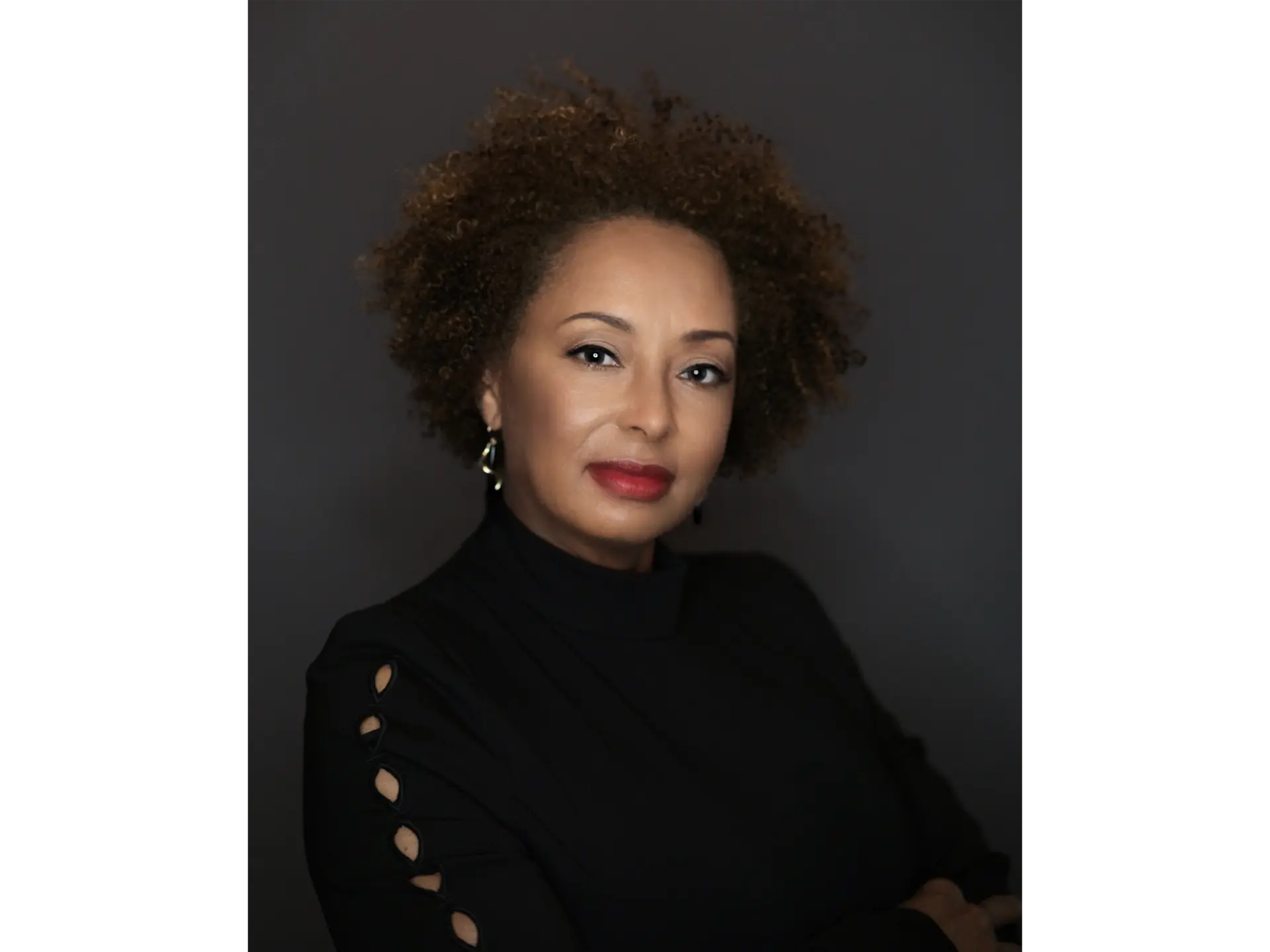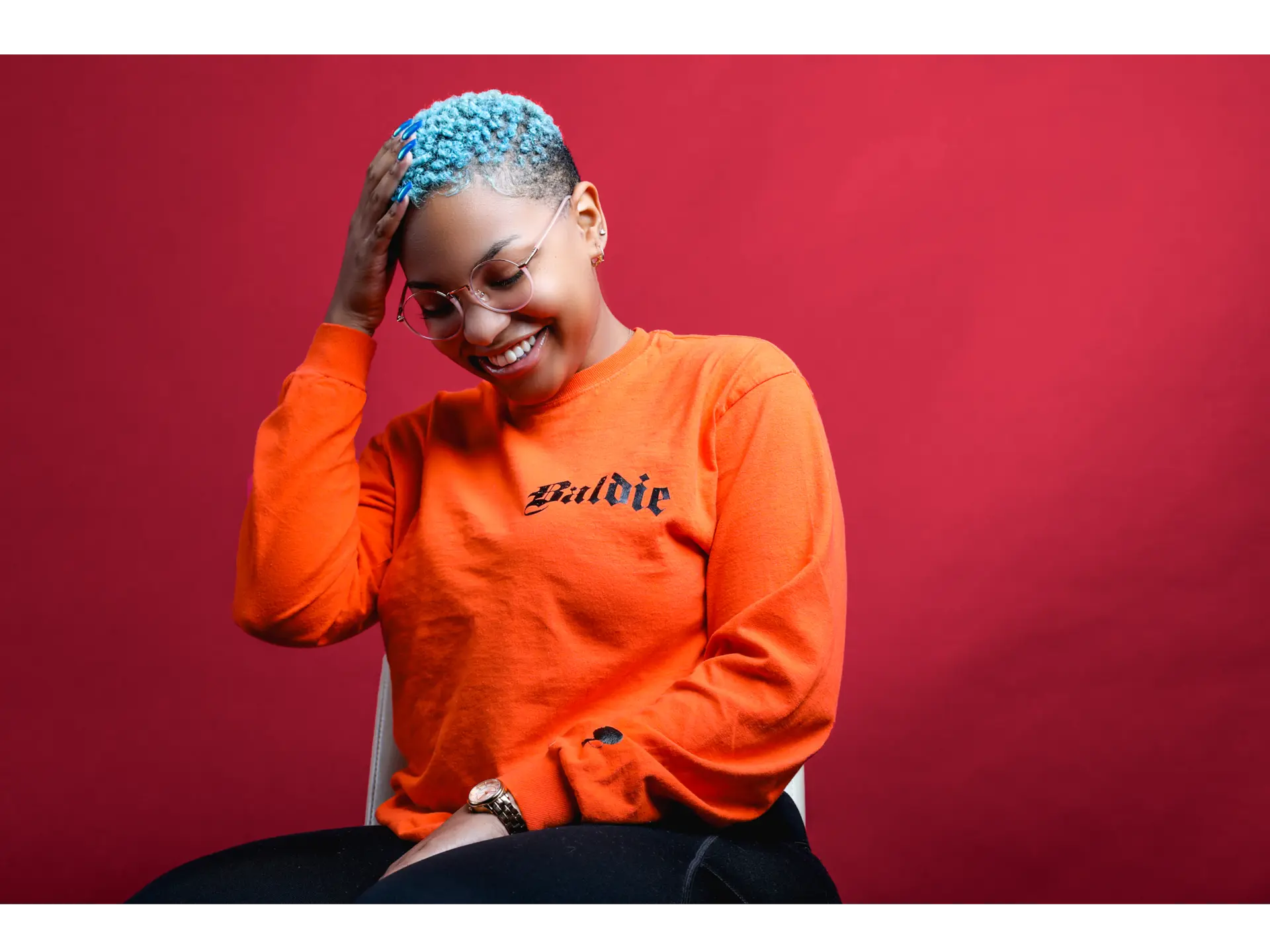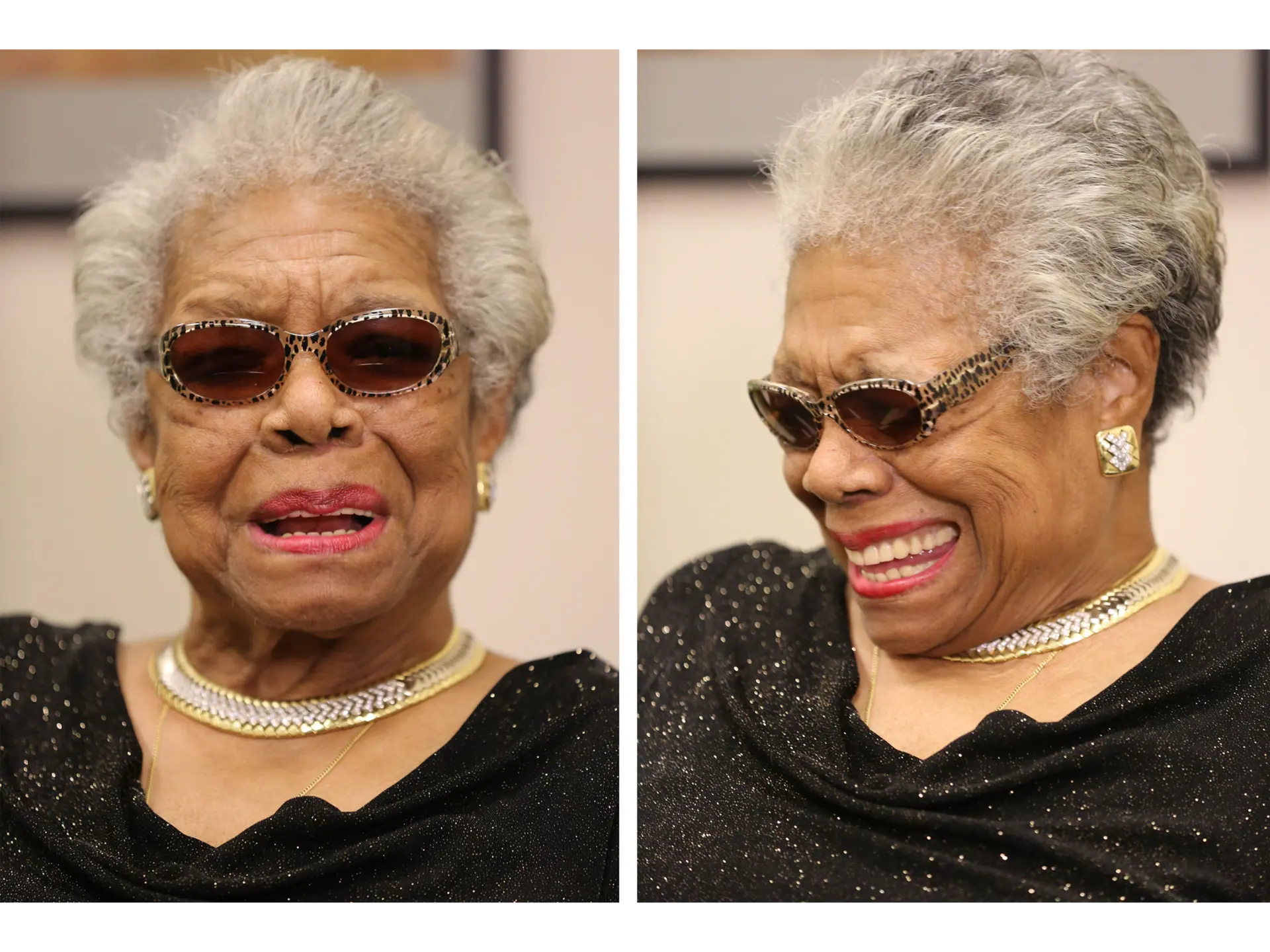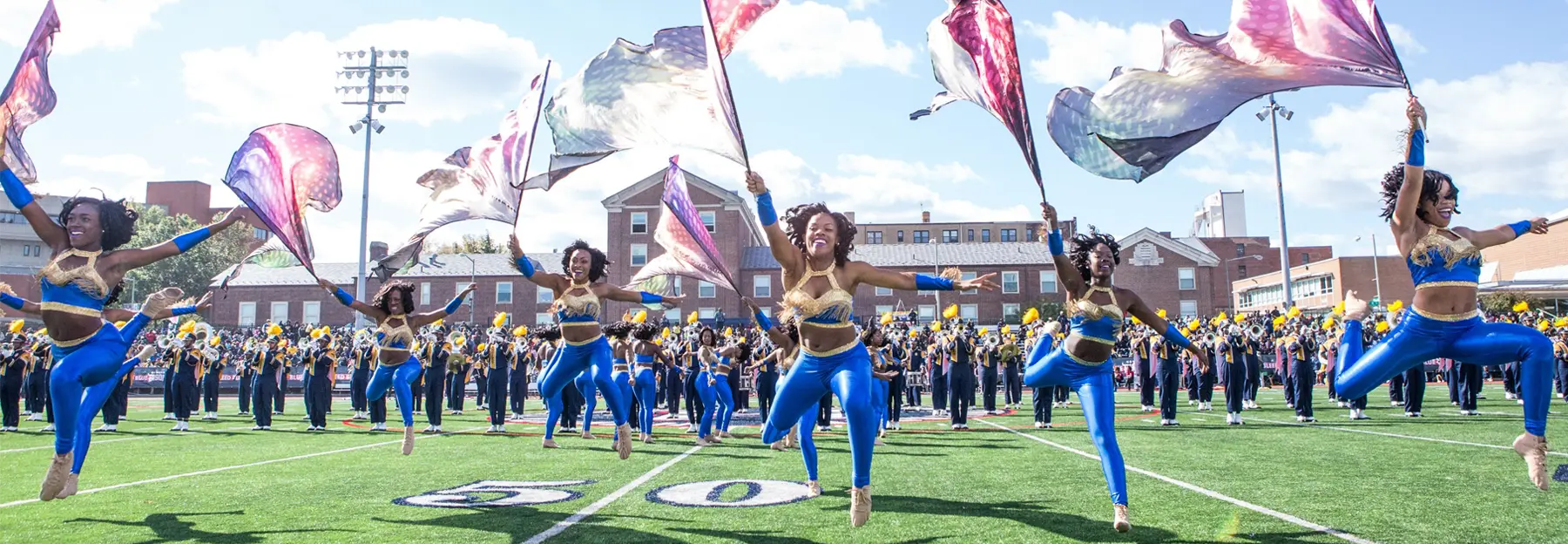
© Cheriss May
Her Legacy
Cheriss May
Gain insight on how to overcome the hurdles faced as a photographer in today’s society. D.C. photographer and educator, Cheriss May shares her story of humbling beginnings to challenges encountered and conquered along the way as a visual storyteller and an industry advocate for gender equality and diversity.
1. Tell us the story behind the first image you ever made.
I was so young when I did that I can’t remember. It had to have been taken of family, I was the little girl showing up at family functions with my camera. The first professional image I made was for a family friend whose company was having their annual holiday party. When Mr. Hopkins asked me to be the photographer, I thought it would be at their office and pretty low-key. Once they called me with the details, it was a full-blown awards gala at the Smithsonian Natural History museum with a scavenger hunt, and formal awards dinner. That was one of many things I’ve done scared in my life. I was nervous, I didn’t have the lights or proper equipment, I thought about telling them that I wouldn’t be able to do it. I was raised to not quit, there’s nothing wrong with “doing it scared”, just do your best. I remember researching lights and equipment, renting what I needed, and doing the job. It was a fun night! I got some great images, the client was happy, and I realized…I can get paid for something that I enjoy doing!
2. What are some of the challenges you’ve encountered in your visual storytelling, and how did you approach these issues?
Equipment, access, and opportunity. To a certain extent, they work in tandem. It’s an expensive profession, especially when you’re independent. There’s certain equipment you need to work — from camera bodies to lenses, lights, etc. If you don’t have the right equipment, you’re not considered for certain jobs and assignments. Through the years I’ve saved money, reinvested what I’ve made, and slowly purchased and upgraded my gear. Attending workshops, talks, and conferences has helped, having great mentors, joining and working with organizations that are supportive with opportunities for growth and work, and also advocates for diverse storytellers, inclusion, and much needed changes in the industry, like WPOW, Diversify Photo, The Authority Collective, Black Women Photographers, and Women Photograph. Advocation to amplify Black voices, women’s voices, and diverse voices for assignments, cover shoots, campaigns, and work, is essential.
3. What is a piece of advice offered to you, related to photography, that has been most valuable to you?
I’ll never forget this advice one of my mentors Fred Watkins gave me — If you see all the photographers going one direction, go another way, your story will always be different from everyone else’s.
4. Of all the projects you have worked on, which one left an indelible impression on your current point of view?
There have been a few projects that have done that. One was a voting power campaign I worked on with the NAACP and Flo McAfee. I was commissioned to create power portraits of different people from everyday citizens, to public figures. Some people I photographed didn’t think of themselves as powerful, but when I showed them the images I created, they were able to see it. This showed me the power of images. It motivated me more to tell those stories of people and issues that are underrepresented.
5. Of all the images you have made, which one is most important to you?
This is challenging. There are several images that are important to me for different reasons. One of them is a black and white image I created of Michelle Obama. I call it “Hidden Figures”. I created this portrait at the White House of First Lady Michelle Obama after military families screened the movie, “Hidden Figures”. First Lady Obama was introducing the director and cast of the movie for a panel discussion. She talked about the hidden figures who helped build the White House, it was a very powerful moment.
6. What image do you see but have not yet created?
I see a series which I’ve dreamed about — it’s called: “On the Frontlines”. A series of portraits of people who are making history around the world, doing great work that inspires, challenges, and transforms. I’ve written it down, sketched it out and already know who.
7. What are some of the challenges female photographers face when trying to make it?
This is still a male dominated industry. There are inequities in opportunities, pay, and promotion. There are still instances of questioning whether women can handle certain assignments and jobs. If you survey who photographs major campaigns, magazine covers, publication front pages, etc. you’ll see female photographers fall way behind.
8. What is one piece of advice you’d like to offer to photographers?
TELL YOUR STORY. Look at what’s important to you, and your community. Don’t wait for an assignment, tell your story. Find your passion…know your purpose and tell your story.
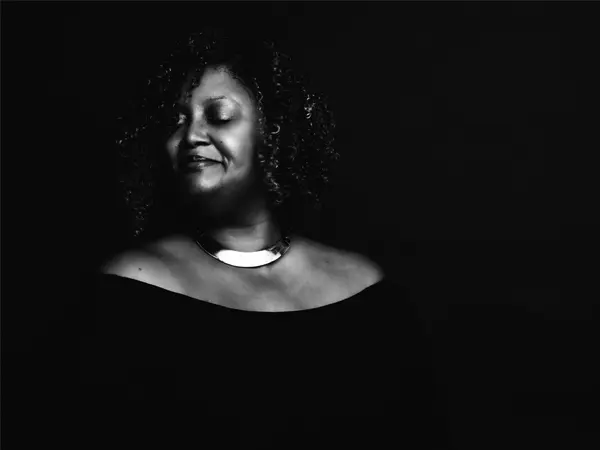
Connect with Cheriss
Her story doesn't end here.
Continue the journey with Cheriss on social media:
Instagram: @CherissMay
Facebook: Cheriss May
Twitter: @CherissMay
